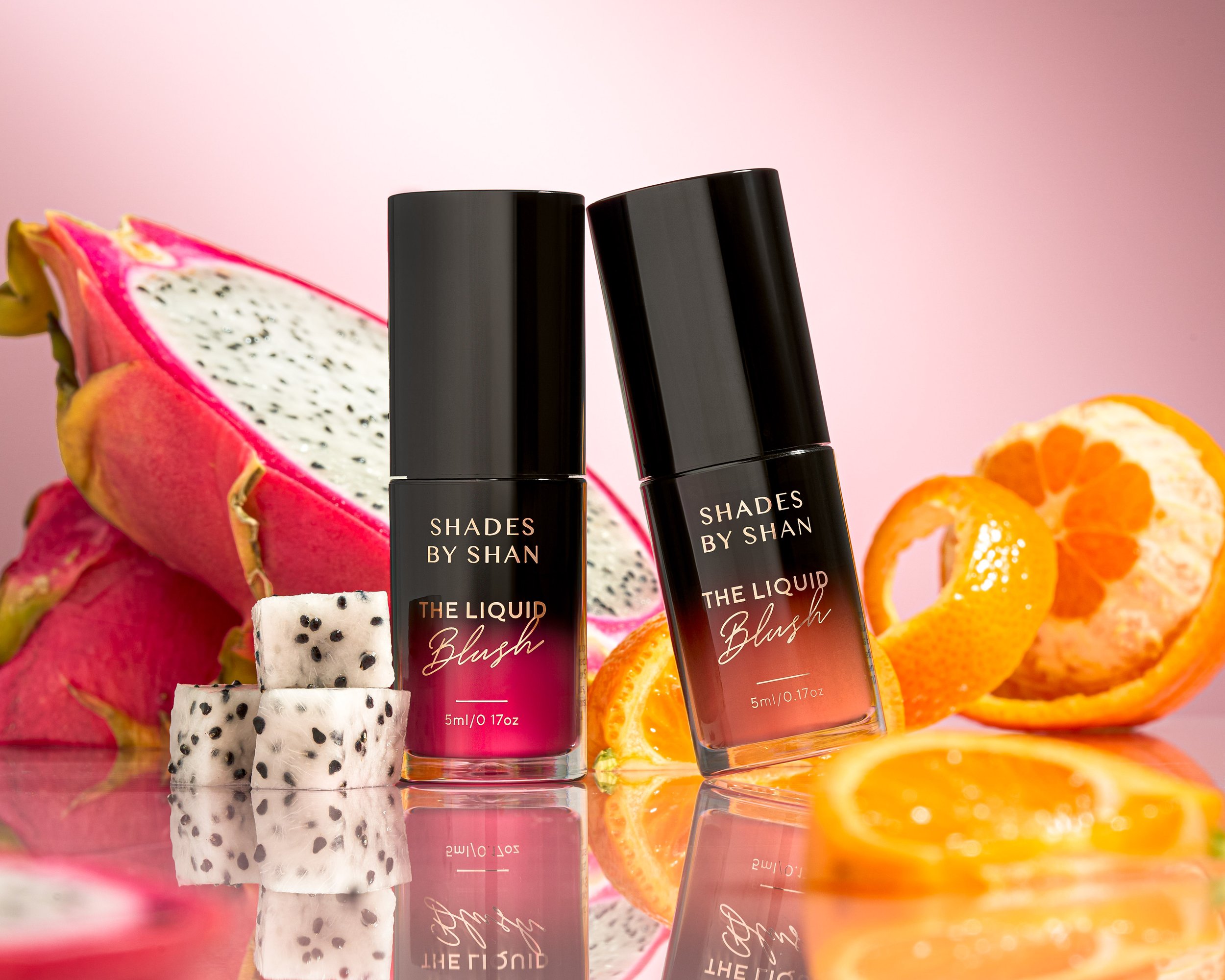Is it Better to Shoot Vertical or Horizontal?
Product photography plays a crucial role in e-commerce and advertising. It helps businesses showcase their products in the best possible light, enticing customers to make a purchase. When deciding whether to shoot product photos vertically or horizontally, several factors come into play, including the product's characteristics, the desired composition, and the intended platform for display.
Advantages of shooting product photography horizontally
Shooting horizontally allows you to capture a broader perspective, making it suitable for products that benefit from displaying their width or surroundings. This orientation works well for items such as a full collection range, skincare tools, or any product that requires a wider context to be fully appreciated. When it comes to website layouts or print materials such as catalogs or brochures, horizontal images often fit more seamlessly into the design. They can be placed side by side or integrated into a grid, providing a cohesive and visually pleasing arrangement.
Advantages of shooting product photography vertically
Shooting vertically allows you to emphasize the product's vertical elements, particularly if it is taller than it is wide. This orientation is ideal for products such as bottles, vases, or tall objects where the height is a significant selling point. Vertical compositions can also help to create a sense of elegance, sophistication, and grandeur. By utilizing vertical lines and shapes within your frame, you can enhance the visual impact of the product and create a more compelling image. Most importantly, verticle compositions can be most effective for social media platforms. They fit more naturally on mobile screens and can be easily integrated into social media feeds, making it convenient for users to engage with the product.
Factors to consider when deciding on orientation
Choosing between shooting vertically or horizontally requires careful consideration of various factors:
Product dimensions and shape: Assess the physical characteristics of the product. Is it taller or wider? Understanding the product's proportions will help determine which orientation will best showcase its unique features.
Intended usage and platform: Consider where the product images will be displayed. If they are primarily for social media, mobile apps, or specific websites, you may want to align with the preferred orientation of those platforms. For more traditional mediums like print or website banners, consider the layout and how the images will fit within the overall design.
Artistic vision and brand identity: Reflect on your artistic vision and the brand's identity. Do you want to convey a sense of height, elegance, or width? Aligning the orientation with your creative intent can help reinforce the desired message and strengthen brand recognition.
Practical tips for shooting vertical or horizontal product photos
Regardless of the chosen orientation, here are some practical tips to enhance your product photography:
Lighting considerations: Ensure that your lighting setup effectively illuminates the product from the desired angle. Pay attention to shadows and highlights to bring out the product's features and create depth in the image.
Background and prop selection: Choose backgrounds and props that complement the product and add visual interest. Consider the color palette, texture, and overall aesthetic to create a cohesive composition.
Positioning and angles: Experiment with different angles and positions to find the most flattering perspective for the product. Showcase its unique angles and features to create visual appeal.
Post-processing and editing techniques: Use post-processing tools to enhance the image's colors, contrast, and sharpness. Make adjustments to ensure the product appears true to life and visually appealing.
Conclusion
When it comes to product photography, the decision to shoot vertically or horizontally depends on several factors. Both orientations offer distinct advantages, and the choice should be based on the specific characteristics of the product, the intended usage and platform, and your artistic vision. By carefully considering these factors and applying practical tips for shooting, you can capture compelling product images that resonate with your audience.
FAQs
Can I use a combination of vertical and horizontal images for my product photography?
Absolutely! Depending on the product and the story you want to convey, using a mix of orientations can add visual variety and interest to your product catalog or website.
Are there any specific editing techniques for vertical or horizontal product photos?
The editing techniques for both orientations are similar. However, pay attention to aspect ratios and ensure that the final images are optimized for the intended platform.
How can I determine which orientation is best for my product?
Consider the product's dimensions, its standout features, and the platform where the images will be displayed. Experiment with both orientations to see which one showcases your product most effectively.
Can I use software to change the orientation of the product photos after shooting?
While it is possible to rotate images using editing
More Articles
Shop
Premium digital templates designed for product photographers









